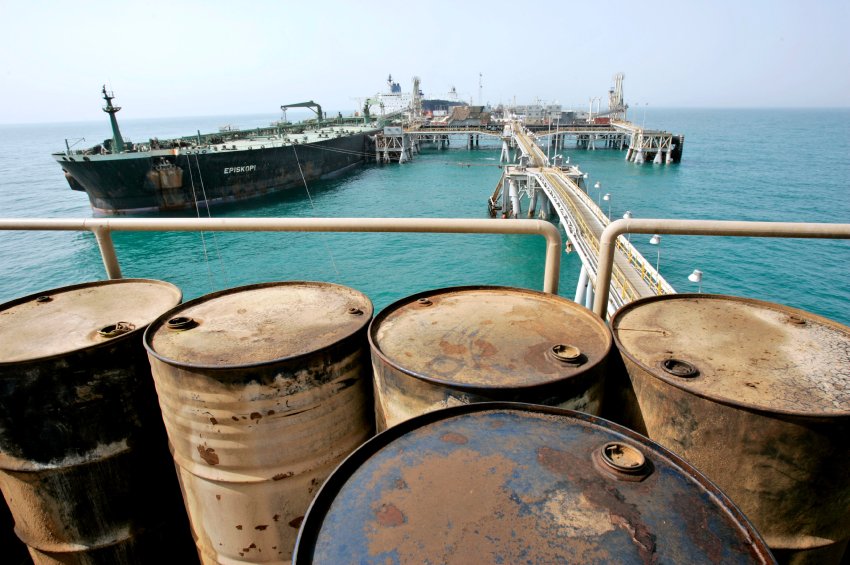Iran Heading Towards More EXPO’s
The total exports from Iran in 2015 amounted to slightly over US$40 billion. This represented a decrease of over 50 percent since 2010, a year after the onset of the global recession. From that period, the value of exports from Iran has declined over the years, reduced by an average of 40 percent up to 2015.
Statistics from the World’s Economic Outlook Database that is managed by the International Monetary Fund reveal the total Gross Domestic Product of Iran was over $1.4 trillion in 2015. This was weighed through the basis of purchasing power parity. The total output of the Iranian economy was boosted up to a maximum of 2 percent by exports. Given that the country has over 82 million people, the total exports of over $40 billion can be shared equally among the Iranian households and each resident would receive $500.

Of all the exports that the country has, the major ones are oil and gas. This is expected to continue increasing in the long run since the country’s oil reserves have not been exhausted. Moreover, there are more countries that are in dire need of oil from Iran. The neighbouring countries do not consider it economically viable to import oil from afar off.
Be that as it may, the volumes of oil that were waiting to be bought by new customers were really high in September 2016. This is an indication that the country was struggling in trying to find new and reliable buyers. This was happening even after Iran was exempted from cuts in production costs as per the agreement signed by the Organization of the Petroleum Exporting Countries and other oil exporters in November 2016.

Even though the rate of exporting crude oil and its condensates has slipped down, Iran is in the process of boosting oil exports through refurbishing its refineries. There will be more than 600,000 barrels that are going to be exported every day from the year 2017 and onwards. Some of the products that are expected to hit an all-time high in exports are kerosene, gasoline, and fuel oil. The main customers of crude oil are located in Asia. The loadings of crude oil in these areas is expected to rise, with Indonesia being among the leading importers of Iranian crude oil.
Having had most of the sanctions lifted, Iran will certainly beat global oil expectations by exporting more numbers than anticipated.
The grip that Iran has held in crude oil exportation may have slipped but the country is working hard towards ensuring that the grip is back and even stronger. The current administration deserves a pat on the back for bringing back stability in the crude oil market. The kind of diplomacy that the administration has employed is awesome. The economic recovery rate may not be immediate but everyone is confident that Iran is back on track as far as exports are concerned. A number of economists argue that the government could have done more to contain the sanctions. Be that as it may, Iran is not where it was 5 years ago.


